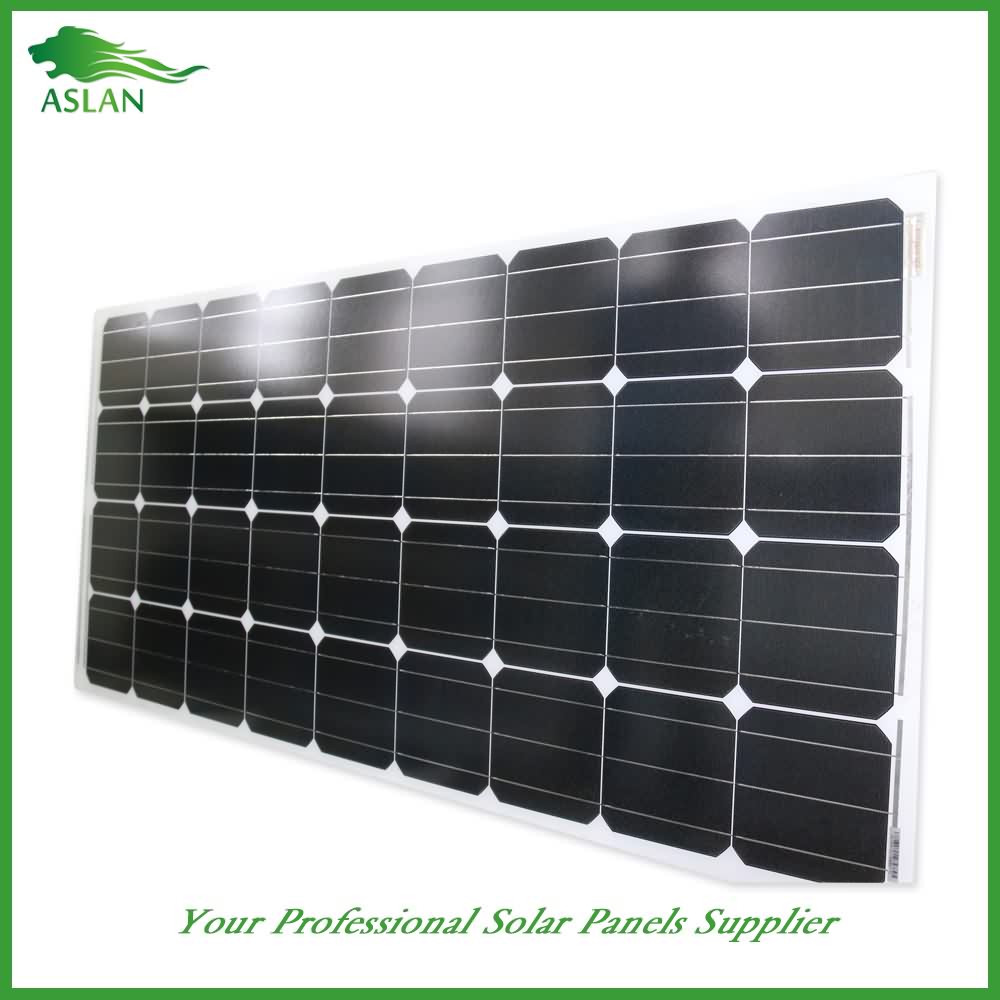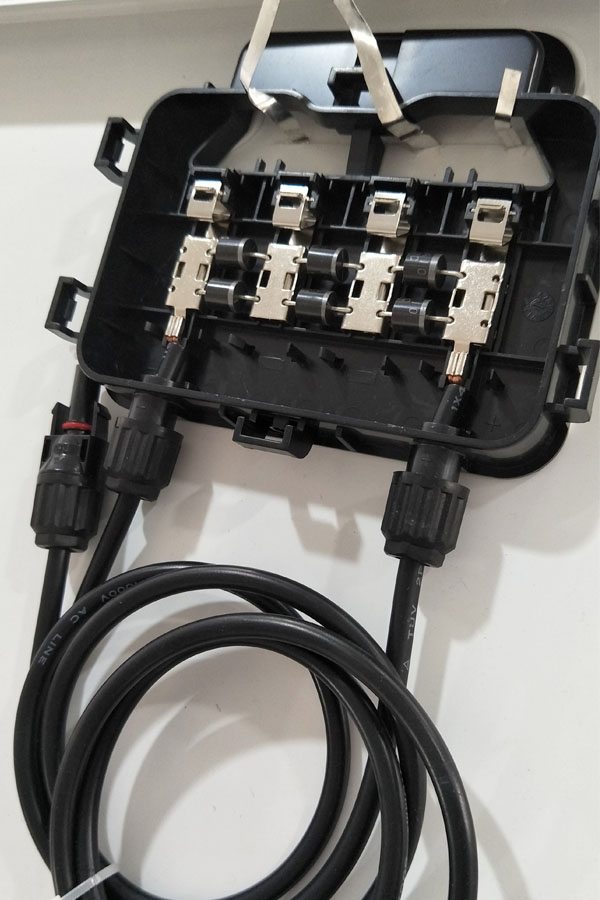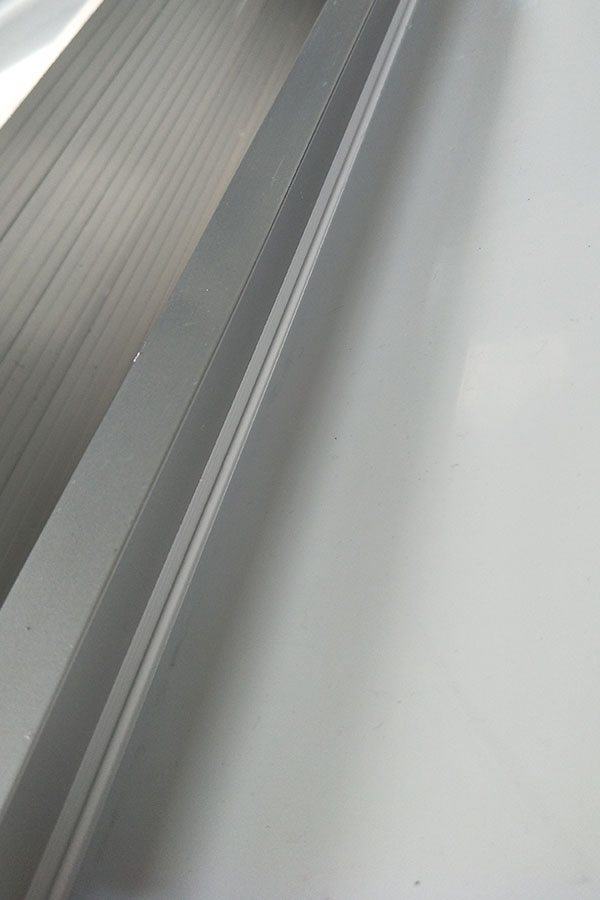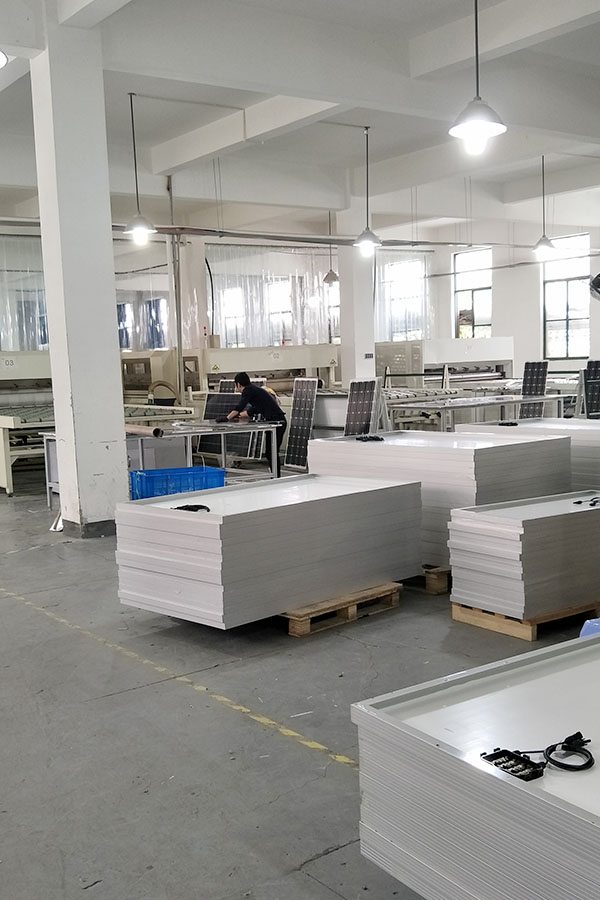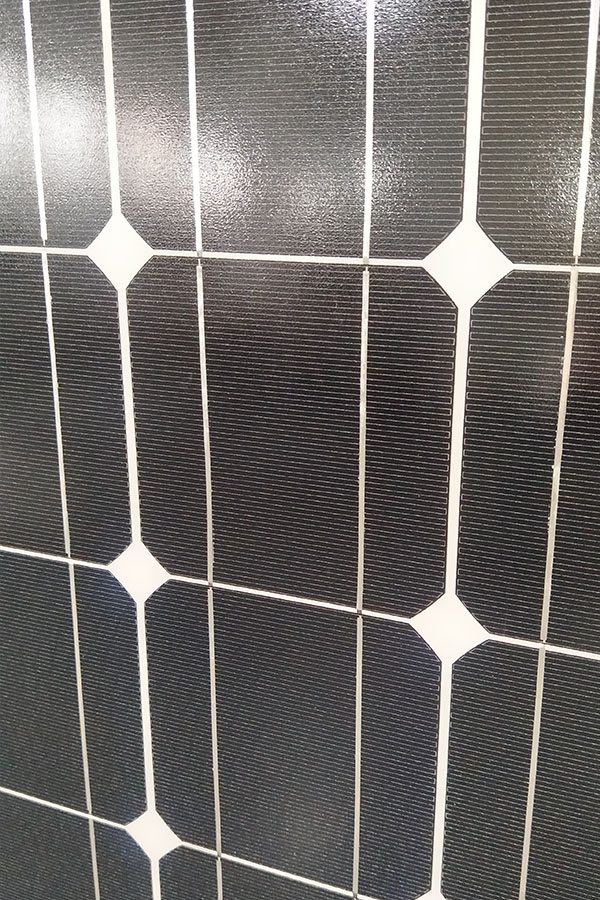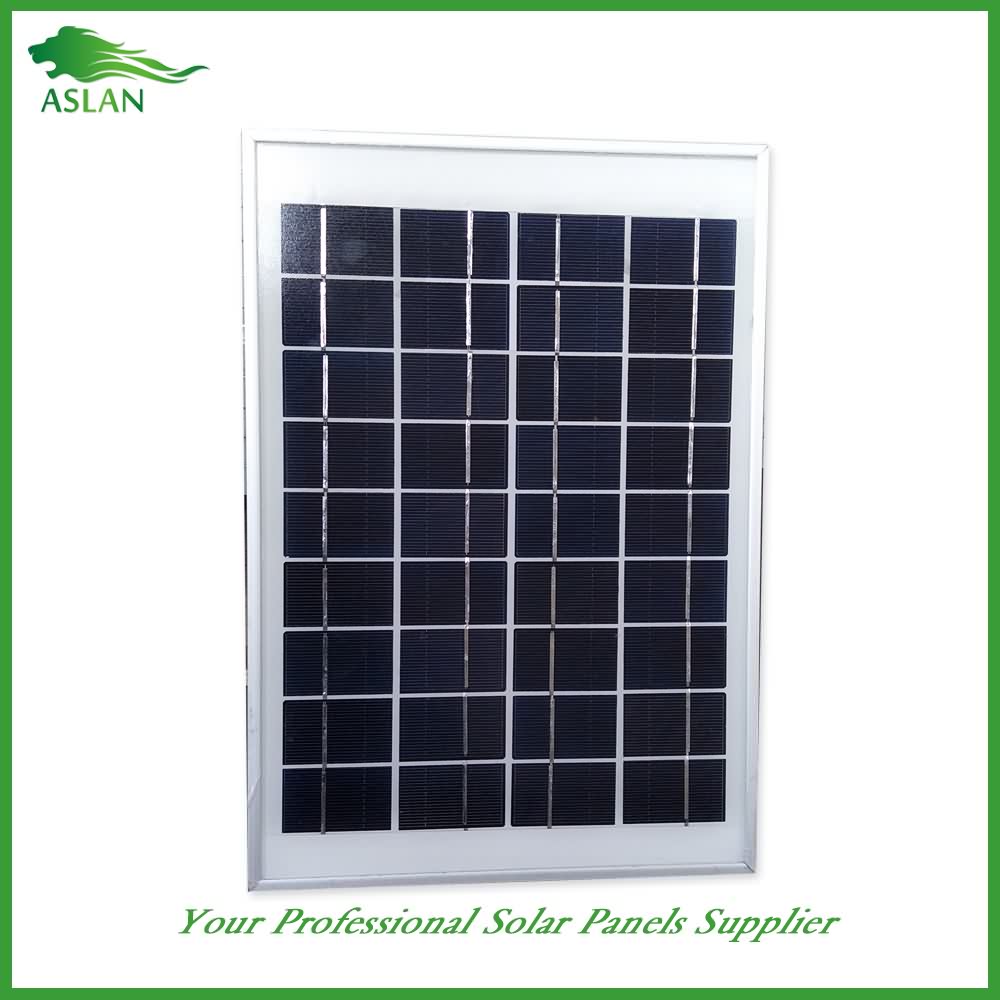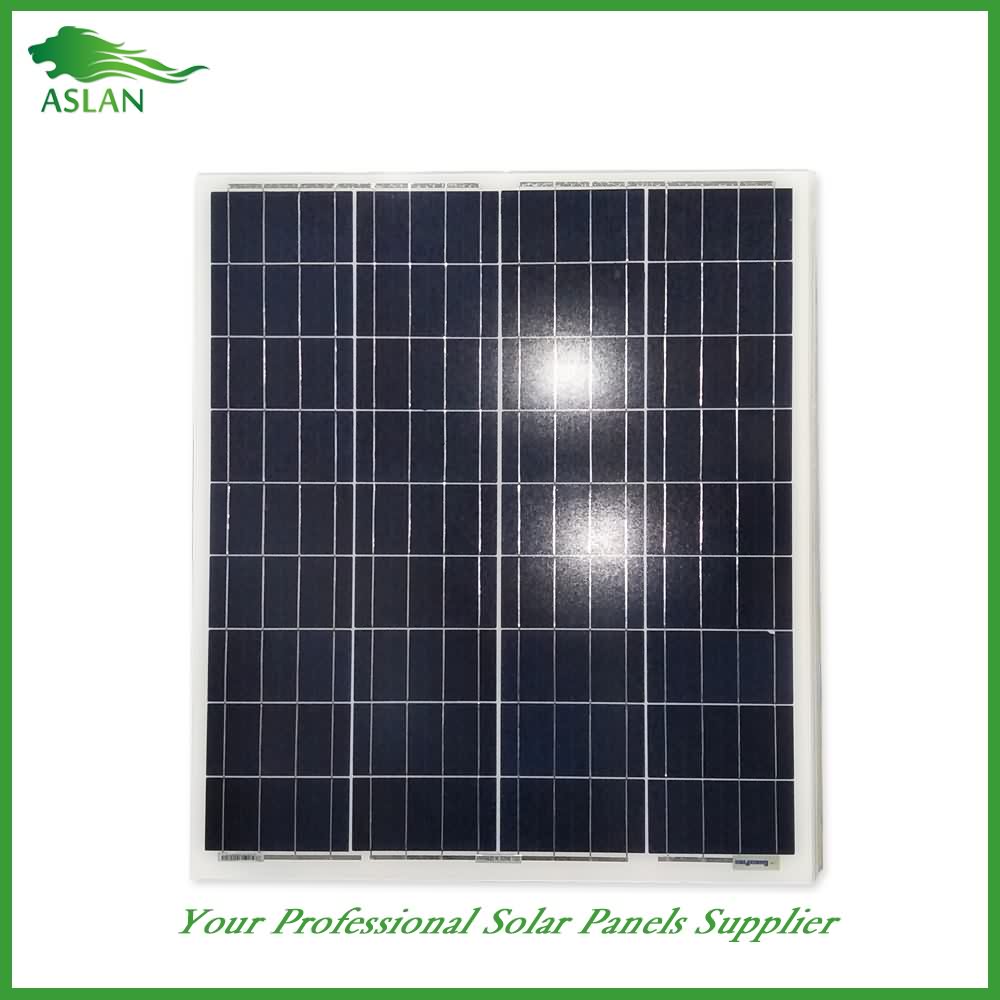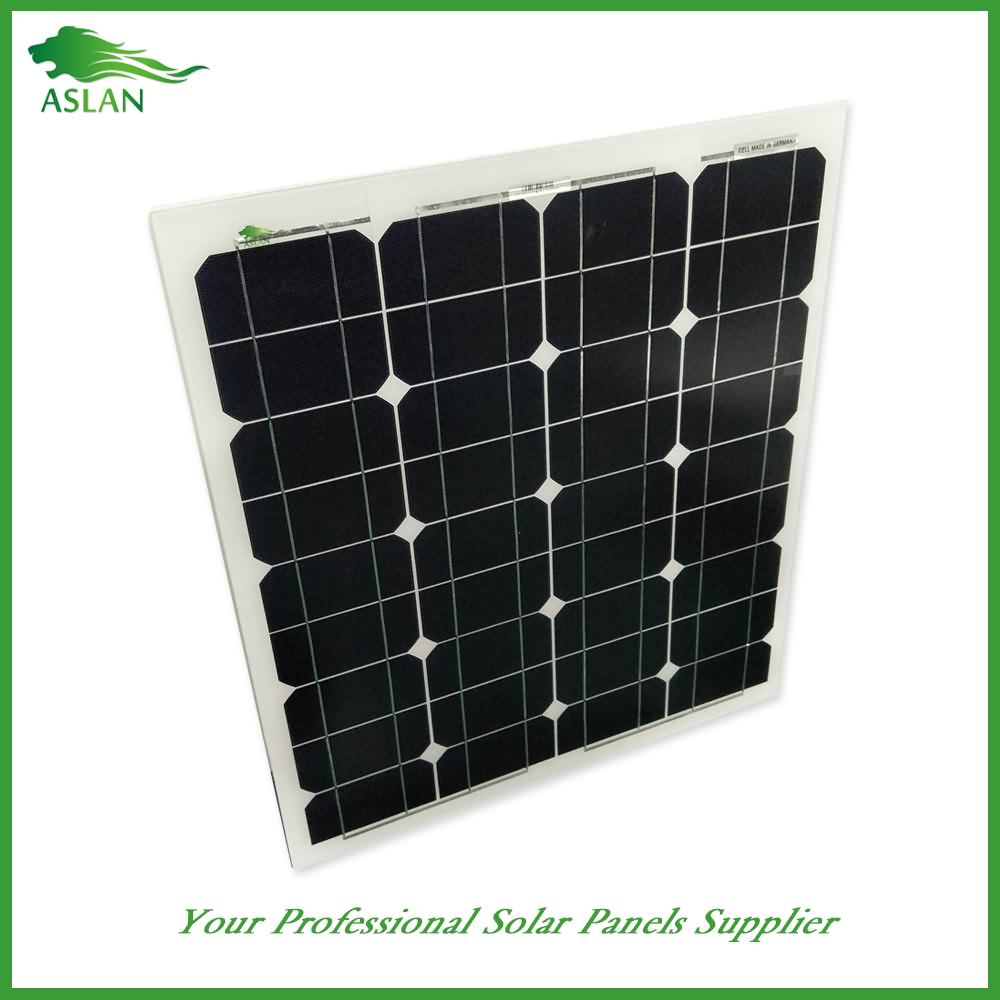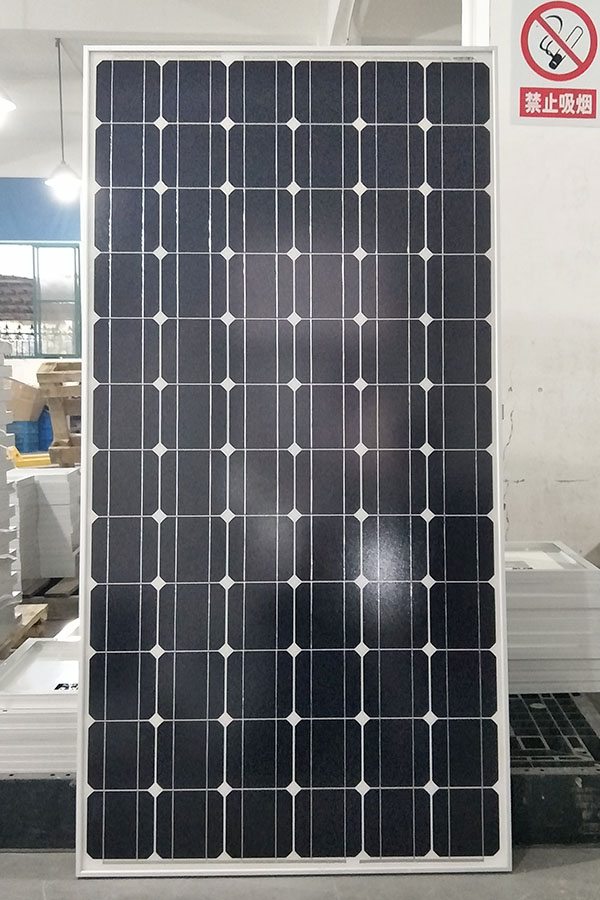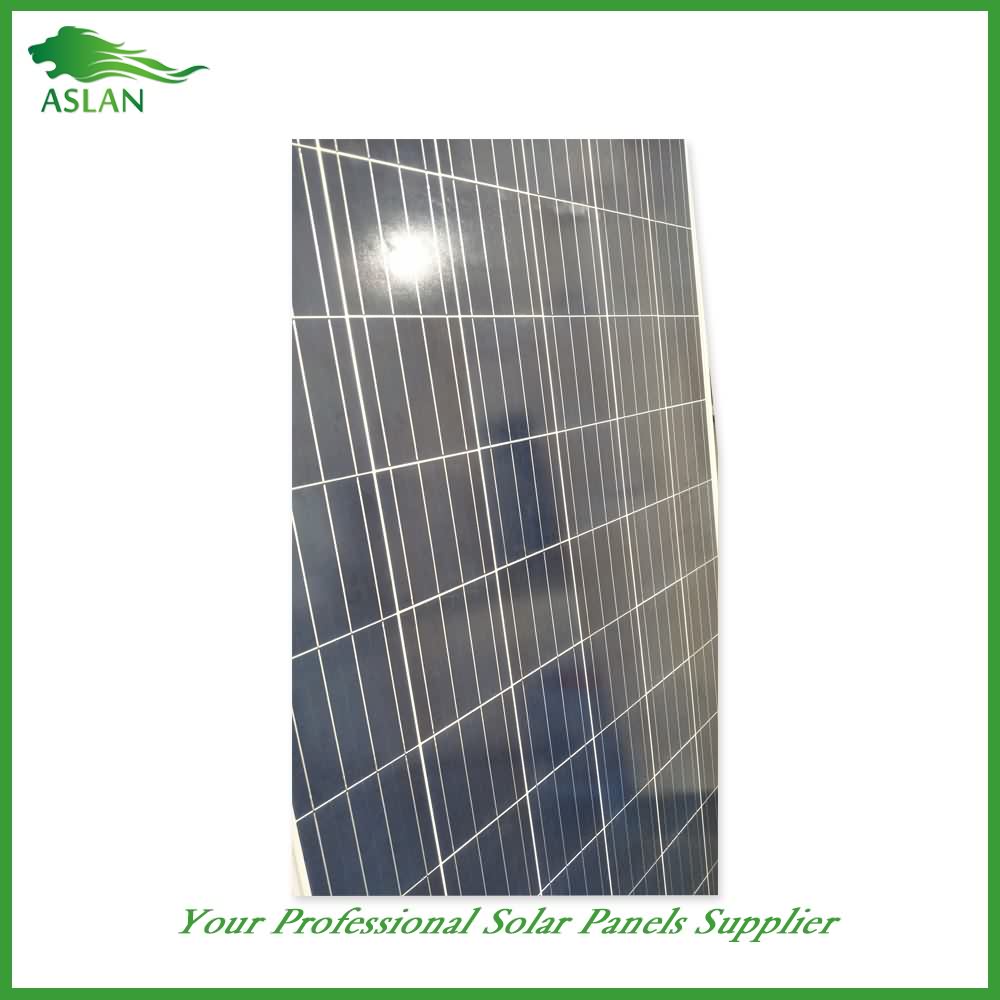Wholesale 100% Original Mono-Crystalline 180W Solar Panel for Estonia Manufacturer
Short Description:
Quality First,and Customer Supreme is our guideline to provide the best service to our customers.Nowadays, we are trying our best to become one of the best exporters in our field to meet customers more need for Wholesale 100% Original Mono-Crystalline 180W Solar Panel for Estonia Manufacturer, Our mission is to help you create long-lasting relationships with your clients through the power of promotional products.
Mono-Crystalline 180W Solar Panel
Technical parameter
Maximum Power(W) 180W
Optimum Power Voltage(Vmp) 36.42V
Optimum Operating Current(Imp) 4.96A
Open Circuit Voltage(Voc) 44.45V
Short Circuit Current(Isc) 5.44A
Mechanical Characteristics
Cell Type Mono-crystalline 125x125mm (5 inch)
No of Cell 72 (6x12pcs)
Dimensions 1580x808x35mm
Weight 14.5Kg
Front Glass 3.2mm,High Transmission, Low Iron,Tempered Glass
Junction box IP65 Rated
Output Cable TUV 1×4.0mm2/UL12AWG,Length:900mm
Temperature and Coefficients
Operating Temperature(°C): -40°C ~ + 85°C
Maximum System Voltage: 600V(UL)/1000V(IEC) DC
Maximum Rated Current Series: 15A
Temperature Coefficients of Pmax: -0.47%
Temperature Coefficients of Voc: -0.389%
Temperature Coefficients of Isc: 0.057%
Nominal Operationg Cell Temperature (NOCT): 47+/-2°C
Materials of solar panel
1).Solar Cell——Mono-crystalline solar cell 125*125mm
2).Front Glass——-3.2mm, high transmission, low iron, tempered glass
3).EVA——-excellent anti-aging EVA
4).TPT——-TPT hot seal made of flame resistance
5).Frame——anodized aluminum profile
6).Junction Box——-IP65 rated, high quality, with diode protection
Superiority: high quality anodized aluminum frame, high efficiency long life, easy installation, strong wind resistance, strong hail resistance.
Features
1. High cell efficiency with quality silicon materials for long term output stability
2. Strictly quality control ensure the stability and reliability, totally 23 QC procedures
3. High transmittance low iron tempered glass with enhanced stiffness and impact resistance
4. Both Poly-crystalline and Mono-crystalline
5. Excellent performance in harsh weather
6. Outstanding electrical performance under high temperature and low irradiance
Quality assurance testing
Thermal cycling test
Thermal shock test
Thermal/Freezing and high humidity cycling test
Electrical isolation test
Hail impact test
Mechanical, wind and twist loading test
Salt mist test
Light and water-exposure test
Moist carbon dioxide/sulphur dioxide
Before moving on from Jupiter to Saturn, we’re going to linger for a moment on Jupiter’s moons. There are 67 known moons, and 4 huge ones that we want to explore in greater detail. Ganymede is the largest – larger, in fact, than any other moon in the solar system and the planet Mercury! Callisto, orbiting the farthest out, is smaller but quite similar to Ganymede in many ways. Io, meanwhile, is most noteworthy for its tremendous volcanic activity. There’s also water on Ganymede and Europa!
This episode was brought to you by Squarespace http://www.squarespace.com/crashcourse
–
Table of Contents
Jupiter Has 67 Moons (4 Big Ones) 0:12
Ganymede is the Largest 1:15
Io is Riddled With Volcanoes 3:16
Europa Has an Undersurface Ocean 4:48
Io, Europa, and Ganymede Interact Gravitationally 3:48
Known Unknowns 8:06
–
PBS Digital Studios: http://youtube.com/pbsdigitalstudios
Follow Phil on Twitter: https://twitter.com/badastronomer
Want to find Crash Course elsewhere on the internet?
Facebook – http://www.facebook.com/YouTubeCrashCourse
Twitter – http://www.twitter.com/TheCrashCourse
Tumblr – http://thecrashcourse.tumblr.com
Support CrashCourse on Patreon: http://www.patreon.com/crashcourse
–
PHOTO/VIDEO SOURCES
Galileo’s notebook http://hos.ou.edu/exhibits/exhibit.php?exbid=4 [credit: Image(s) courtesy History of Science Collections, University of Oklahoma Libraries; copyright the Board of Regents of the University of Oklahoma.]
Jupiter’s moons http://photojournal.jpl.nasa.gov/jpeg/PIA00600.jpg [credit: NASA/JPL/DLR]
Ganymede http://svs.gsfc.nasa.gov/vis/a010000/a011100/a011173/Image4_1920x1080.jpg [credit: NASA/JPL/Ted Stryk]
Interior of Ganymede https://commons.wikimedia.org/wiki/File:PIA00519_Interior_of_Ganymede.jpg [credit: Wikimedia Commons / NASA]
Ganymede terrain https://commons.wikimedia.org/wiki/File:Ganymede_terrain.jpg [credit: Wikimedia Commons / NASA]
Artist Conception of Ganymede http://www.nasa.gov/content/goddard/hubbles-view-of-ganymede-briefing-materials/ (Figure 5) [credit: NASA/ESA]
Callisto http://photojournal.jpl.nasa.gov/jpeg/PIA03456.jpg [credit: NASA/JPL/DLR]
Interior of Callisto https://en.wikipedia.org/wiki/Callisto_(moon)#/media/File:PIA01478_Interior_of_Callisto.jpg [credit: Wikimedia Commons / NASA]
Valhalla crater on Callisto https://commons.wikimedia.org/wiki/File:Valhalla_crater_on_Callisto.jpg [credit: Wikimedia Commons / NASA / JPL]
Io http://svs.gsfc.nasa.gov/vis/a010000/a011400/a011455/s1-1920.jpg [credit: NASA/JPL/USGS]
Io volcano image http://solarviews.com/browse/jup/ioplumedisc.jpg [credit: NASA/JPL]
Io eruption video http://svs.gsfc.nasa.gov/vis/a010000/a011400/a011455/IO_Eruption-540-MASTER_high.mp4 [credit: NASA/Johns Hopkins University Applied Physics Laboratory/Southwest Research Institute]
Io surface http://svs.gsfc.nasa.gov/vis/a010000/a011400/a011455/s2-1204.jpg [credit: NASA/JPL/University of Arizona]
Jupiter Magnetosphere Schema https://en.wikipedia.org/wiki/Io_(moon)#/media/File:Jupiter_magnetosphere_schematic.jpg [credit: Wikimedia Commons / Volcanopele]
Jupiter aurora http://www.spacetelescope.org/static/archives/images/large/heic0009a.jpg [credit: NASA, ESA & John T. Clarke (Univ. of Michigan)]
Europa http://photojournal.jpl.nasa.gov/jpeg/PIA19048.jpg [credit: NASA/JPL-Caltech/SETI Institute]
Europa ocean http://apod.nasa.gov/apod/image/1205/EuropasOcean_KPHand003.jpg [credit: NASA/JPL/Kevin Hand
Habitable zone diagram http://www.keckobservatory.org/images/made/images/gallery/solar_system/Slides-8_1800_1350.jpg [credit: PETIGURA/UC BERKELEY, HOWARD/UH-MANOA, MARCY/UC BERKELEY]
Amalthea http://photojournal.jpl.nasa.gov/jpeg/PIA02532.jpg [c redit: NASA/JPL/Cornell University]
Vlog 4: May 12, 2016
Edmonton, Alberta, Canada
Late to upload have just been so lazy
Still getting into the whole swing of things. that involves trying new styles and editing techniques. so expect nothing!
Stay Connected:
Twitter – https://twitter.com/LiveLifeHuman
Facebook – https://www.facebook.com/livelifehuman
Music:
Volcano Trap – Gunnar Olsen
